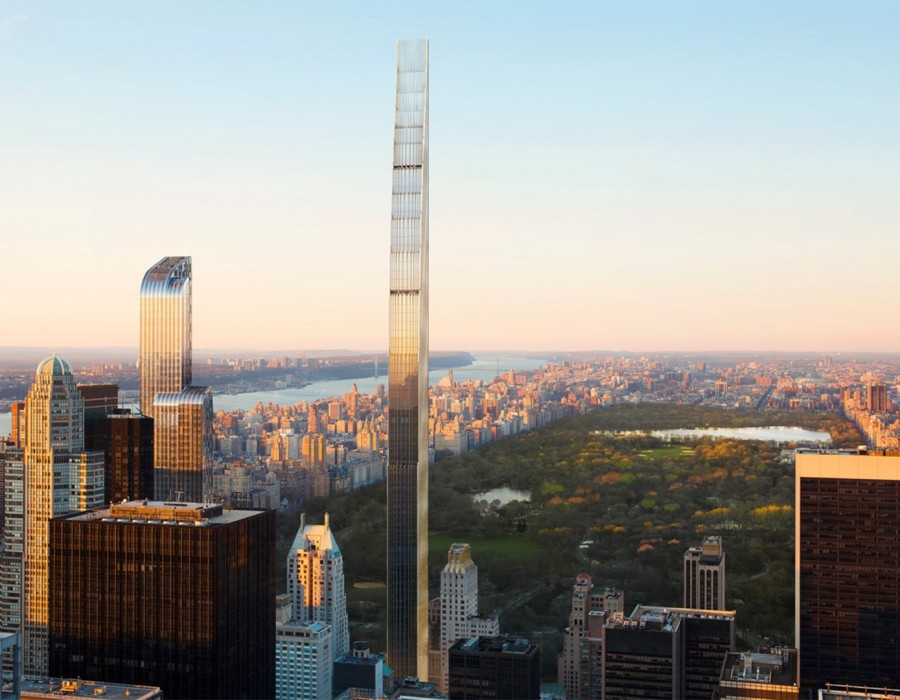The Middle East's property markets are undergoing a quiet transformation as demographic shifts and economic diversification reshape housing demand. Unlike previous cycles dominated by luxury developments and speculative investments, current trends reveal more nuanced buyer behavior focused on livability and long-term value.
Middle East's market reports highlight several key developments:
- Affordability Focus: First-time buyers are driving demand for compact, well-designed units in integrated communities, particularly in Dubai and Riyadh. Projects offering 1-2 bedroom configurations with shared amenities are seeing faster absorption rates than traditional large villas.
- Secondary City Growth: Markets like Sharjah, Oman's Sohar, and Saudi's secondary cities are attracting budget-conscious buyers with prices 30-50% below primary hubs, though infrastructure development remains uneven.
- Sustainability Shift: What was once a premium feature is becoming standard, with buyers increasingly factoring in utility costs and environmental impact. Dubai's new building codes reflect this priority.
- Domestic Demand Rise: Saudi Arabia's expanding mortgage market and UAE residency reforms are creating more stable, resident-driven markets less dependent on foreign capital.
For deeper insights into these evolving patterns, Middle East provides quarterly market analyses with neighborhood-level data on price movements, rental yields, and infrastructure timelines. Their comparative tools are particularly useful for assessing emerging locations versus established districts.
The region's real estate sector appears to be maturing, moving beyond the boom-bust cycles of previous decades. However, questions remain about how these trends will interact with global economic conditions and local regulatory changes in the coming years.





Comments